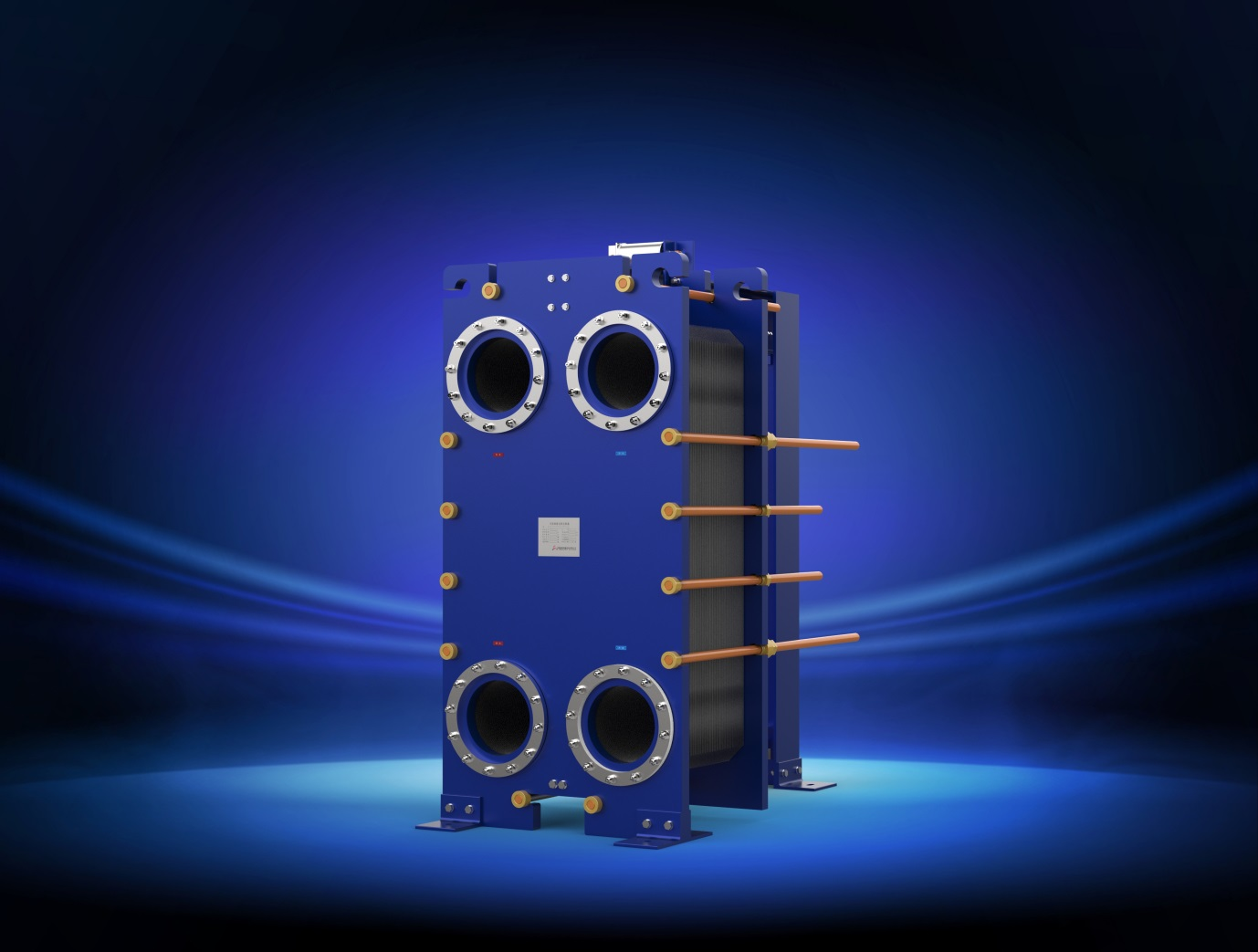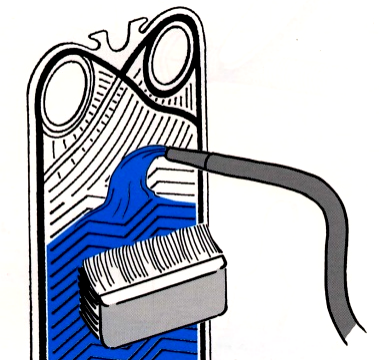Introduction
Did you know that neglecting regular maintenance of your gasket plate heat exchanger can cause its heat transfer efficiency to drop by up to 30%? Such a decline significantly impacts energy utilization and operational costs. As industries increasingly pursue high efficiency and sustainable operations, maintaining optimal heat exchanger performance is no longer optional—it’s essential.
Gasket plate heat exchangers are widely used in sectors like food processing, fine chemicals, pharmaceutical engineering, and HVAC systems. However, the narrow flow channels between plates are prone to fouling, biofilm formation, and particulate accumulation, leading to increased thermal resistance, abnormal pressure drops, and equipment failure.
This guide provides a comprehensive, step-by-step cleaning process covering preparation, disassembly, cleaning, reassembly and testing, and preventive maintenance strategies, helping you establish a professional maintenance management system.
1. Preparation: Essential Tools and Safety Measures
Torque wrench: Ensures uniform bolt tightening during reassembly to prevent leaks or plate deformation.
Soft brushes and non-abrasive pads: Used for physical removal of deposits without scratching the plate surface.
High-pressure water jet: Assists in thoroughly rinsing plates and removing residual chemicals.
Personal protective equipment: Wear gloves and goggles throughout the process to avoid chemical or contaminant injuries.
Ventilation: Ensure good air circulation, especially when using acidic cleaning agents.
Energy isolation: Disconnect electrical and hydraulic/pneumatic sources before starting work.
Conduct a visual inspection before cleaning. Check for corrosion, gasket aging, or frame damage. Replace any defective parts before proceeding.
2. Disassembly of the Heat Exchanger
Loosen bolts gradually in a diagonal sequence to avoid plate warping.
Carefully remove plates, maintaining the original order to prevent flow path errors.
Label and record the plate and gasket positions for accurate reassembly.
Place plates on a soft surface to avoid scratching or collision damage.
Handle gaskets with care, avoiding exposure to high temperatures or aggressive chemicals.
3. Cleaning Plates and Gaskets
Use diluted weak acids such as citric acid or phosphoric acid to dissolve scale and organic deposits.
Initial soaking: 30–90 minutes depending on contamination severity.
Avoid strong acids like nitric or hydrochloric acid to prevent intergranular corrosion.
Manually brush with soft bristles or specialized cleaning tools.
For heavy fouling, consider using rotary brushes or gentle vibration, controlling cleaning intensity.
Rinse thoroughly with clean or deionized water using a high-pressure jet.
Inspect each plate carefully for pinholes, cracks, or deformation.
Check gasket resilience and adhesion; replace if necessary.
4. Reassembly and Testing
Reinsert plates according to recorded positions and flow direction.
Ensure gaskets fit properly without buckling, shifting, or overlapping.
Gradually tighten bolts in a crisscross pattern using a torque wrench.
Follow manufacturer torque specifications to avoid under-tightening or deformation.
Testing:
Conduct initial low-pressure water testing to check for leaks.
If no leakage is detected, increase pressure gradually to the design operating level.
Document cleaning date, chemicals used, concentrations, and any identified issues.
Archive photos and test data for maintenance tracking.
5. Preventive Maintenance Recommendations
Customize cleaning intervals based on operating hours, media type, and environmental conditions (typically every 6–12 months).
Shorten intervals under harsh conditions like handling solids, high-hardness water, or viscous media.
Install sensors for temperature, pressure drop, and flow rate, integrated with systems.
Set automated alarms for efficiency declines or abnormal pressure drops.
Conduct regular technical training combining practical operations and theory, enhancing diagnostic capabilities.
Conclusion
As a critical heat transfer device, the operational status of a plate heat exchanger directly affects the stability and energy efficiency of entire process chains. A structured and standardized cleaning protocol not only enhances heat exchange efficiency but also prolongs equipment lifespan and reduces failure rates.
Establishing a systematic maintenance regime—combining sensor monitoring, professional services, and internal training—will maximize the long-term value of your heat exchanger assets.
For cleaning services, product selection support, or maintenance solutions, feel free to contact us:
Email:
zhanglimei@shphe.com
qiuying@shphe.com
WhatsApp / Cell:+86 15201818405
WhatsApp / Cell: +86 13671925024
Post time: Apr-15-2025



